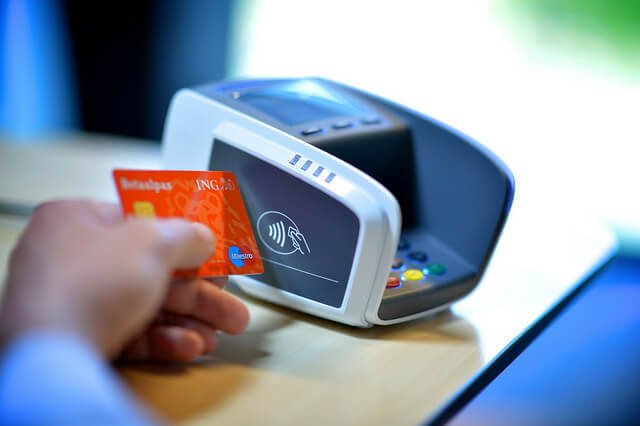The innovation firm R3 has received support from five additional banks that joined the company’s project on developing blockchain solutions for the finance industry.
On Thursday, the New York City-based innovation company R3 has announced that five more banks have joined its project on exploring the use cases of the blockchain in the financial industry. ING, BNP Paribas, the Canadian Imperial Bank of Commerce, MacQuarie and Wells Fargo have signed up to the initiative, thus increasing the total number of supporters to 30 banks.
Launched in September, the project already brought in such industry players as Bank of America, Morgan Stanley, Citi, Barclays, UBS, Deutsche Bank, HSBC, J.P. Morgan, Royal Bank of Scotland and others. The participants will combine their expertise to create blockchain solutions that will meet reliability and security requirements.
Initially, the project involved only nine banks, but in just two weeks R3 managed to bring in additional 13 banks. The partnership with the globe’s major banks shows widespread support for innovations, such as distributed ledger technology, across the financial services community.
A consortium is targeted at developing secure and adaptable world standards for the use of the technology in the financial industry.
A blockchain is a decentralised public ledger that records virtual currency transactions realized in the bitcoin network. Called a “key technological innovation” by the Bank of England, the system presents a range of advantages, such as high speed of payments and advanced level of transparency.
The head of the project, Richard Gendal Brown, has also informed that the ex-chief engineer for banking architecture at Barclays James Carlyle joined the consortium. Among the other industry players who signed up to the program are fincancial cryptographer Ian Grigg, cryptocurrency expert Tim Swanson and bitcoin core developer Mike Hearn.
In the meantime, a Swiss bank UBS, which is also a member of the consortium, has been working with Clearmatics on the development of the blockchain-based settlement coin to change the world payment system. Robert Sams, the founder of Clearmatics, has recently announced that the company has completed the first round of funding from such investors as Tellurian Capital Management LLP, Route 66 Ventures LLC and Nyca Partners.
The investment demonstrates the growing interest in the distributed ledger technology, which could reduce operational costs and accelerate transactions. The bank employed Clearmatics in September to create a digital coin that will be used for settling trades and implementing cross-border payments.
A few days ago IBTimes reported that the R3 project has published a study that criticizes “watermarked tokens”, such as coloured coins, which try to attach digital assets to the blockchain. Written by Tim Swanson, the research focuses on security, regulation and tensions within Bitcoin’s censorship-resistant model.
According to Swanson, the idea of meeting the AML and KYC requirements clashes with pseudonymous systems. “This paper will show that a public, distributed ledger (such as Bitcoin) that secures off-chain assets cannot be both censorship-resistant and legally authoritative,” the report reads.
